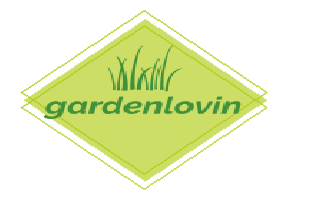If you have ever read the information on the back of a packet of seeds you may have found yourself very confused by the various planting and harvesting schedules for different zones. How exactly do you know what zone you live in? What do the different zones even mean?
Create by the USDA, the official ‘zone’ map, or USDA Hardiness Zone map, is very easy to access online. In fact, in 2012 the USDA released an updated version of the zone map, along with a search by zip code feature.
It is easy to figure out just which zone you live in as the map is color coded by state/geographic area – the map itself is divided into 11 different zones with varying high and low temperature guidelines.
The map gives gardeners a good idea of when to plant based on the average low temperatures and freezing points throughout the country. The greater the ‘hardiness’ of your plants, the greater the likelihood of them thriving in an outdoor environment. In general, the further east you are in the continental United States the greater the accuracy and reliability of the official USDA zone map.
However, With the mountainous regions of the west that slope into the western seaboard, it is very difficult to give accurate information for these growing zones. The extreme changes in elevation over small geographical areas make predicting precipitation rates and high/low temperature patterns notoriously challenging. While the map can give you a base guideline to follow in these zones, it is best complemented by site specific information gathered from personal experience or very local sources.

For a closer view, click this
If you would like to plant flowers or produce crops that do their best in zones that are traditionally warmer than where you live, you are not completely out of luck – these plants will just need a little more attention and care than other plants more suited to your area.
Pick a location for these more delicate plants in the sunniest and warmest parts of your landscapes, thereby taking full advantage of what sun and warmth is naturally available. You can wrap or give shelter to plants during the colder days and evenings to give them a small boost. Additionally, you can lay down a thick layer of mulch to help protect the roots and base of the plant as the mulch will bring up the temperature of the soil by a few degrees.
By following the guidelines found on the zone map you will be well on your way to a successful garden in no time at all.zones, USDA zones, hardiness, frost, temperature, garden zones
SOURCES
http://www.gardeningknowhow.com/planting-zones/usda-planting-zone-map.htm
